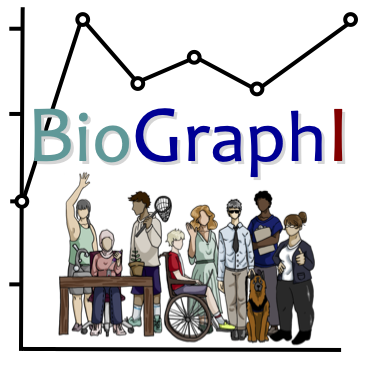Agents of change: Determining effects of pollution on marine environments through data interpretation
Author(s): Eilea Knotts1, Rachel Leads2
1. University of South Carolina 2. Michigan State University
583 total view(s), 385 download(s)
1_LessonGuide_Agents of Change.pdf(PDF | 2 MB)
- BioGraphI Interview with Rachel Leads - YouTube
- 3_SummativeAssessment_ AgentsofChange.docx - Google Docs
- 4_Transcript_Agents of Change.docx - Google Docs
- 1_LessonGuide_Agents of Change.docx - Google Docs
- 2_PresentationSlides_Agents of Change - Google Slides
- License terms
Description
This lesson was designed for a 75-minute class period with in-person delivery. The target student level is advanced marine biology or marine ecology for majors. The materials here include an instructor guide (1_LessonGuide_AgentsofChange), an in-class presentation (Google slides; 2_PresentationSlides_AgentsofChange), a summative assessment (3_SummativeAssessment_AgentsofChange), and a link to the interview with Dr. Rachel Leads, (BioGraphI Interview with Dr. Rachel Leads)
Content learning objectives
- Describe the ecological role of disturbances in marine environments.
- Evaluate the anthropogenic impact of pollution on marine ecosystems and identify the consequences on the composition and diversity of biological communities.
- Compare the connection between pollution and human-induced factors in different marine environments.
Quantitative learning objectives
- Interpret graphs and/or data figures related to the concepts from this lesson.
- Reflect on your perceptions about using graphs or figures in biology.
Diversity/equity/inclusion learning objectives
- Reflect on your perceptions of people who do biology.
- Compare your own interests and/or identities to those of people who do biology.
Cite this work
Researchers should cite this work as follows:
- Knotts, E., Leads, R. (2024). Agents of change: Determining effects of pollution on marine environments through data interpretation. BioGraphI FMN Fall 2023, QUBES Educational Resources. doi:10.25334/9AW4-QS08
